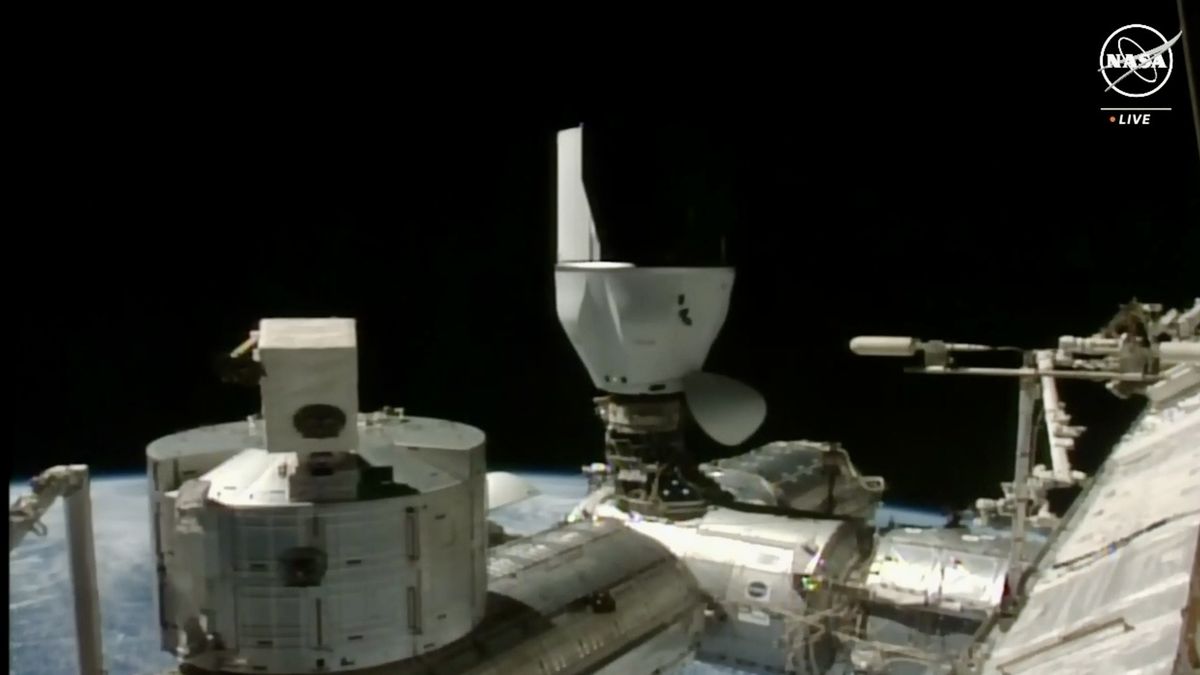The Future of Space-Based Solar Power
Japan is poised to achieve a groundbreaking milestone in solar power technology by beaming solar energy from space to Earth next year, following in the footsteps of U.S. engineers who achieved a similar feat two years ago. This advancement signifies a crucial step toward the realization of a viable space-based solar power station that could play a pivotal role in transitioning the global energy sector away from fossil fuels in the ongoing fight against climate change.
The Evolution of Space-Based Solar Power
At the International Conference on Energy from Space, held in London, Koichi Ijichi, an adviser at Japan Space Systems, unveiled Japan’s ambitious roadmap toward the orbital demonstration of a miniature space-based solar power plant designed to wirelessly transmit energy from low Earth orbit to Earth. The forthcoming satellite, weighing approximately 180 kilograms (400 pounds), is projected to transmit about 1 kilowatt of power from an altitude of 400 kilometers (250 miles). While this demonstration falls short of the scale necessary for commercial deployment, it lays the foundation for future advancements in this cutting-edge technology.
In operation, the spacecraft will utilize a 22-square-foot (2 square meters) onboard photovoltaic panel to charge a battery, converting accumulated energy into microwaves for transmission to a receiving antenna on Earth. Given the spacecraft’s rapid orbital velocity of around 17,400 mph (28,000 km/h), the antenna elements must span approximately 25 miles (40 km) and be positioned 3 miles (5 km) apart to facilitate efficient energy transmission. Despite the swift transmission process, recharging the battery following depletion will entail a multi-day duration.
Advancements Driving Innovation
The OHISAMA project is slated for launch in 2025, building upon successful ground-based solar power transmission demonstrations and an upcoming aircraft-based transmission trial in December. By leveraging the potential of space-based solar power generation – a concept first introduced in 1968 by Apollo engineer Peter Glaser – recent technological breakthroughs and mounting environmental concerns have reignited interest in this once speculative technology.
Unlike terrestrial renewable energy sources, space-based solar power holds the promise of uninterrupted availability, free from weather constraints or diurnal fluctuations. In light of the pressing need to decarbonize energy production and combat climate change, experts argue that advances in robotics, wireless power transmission efficiency, and the advent of SpaceX’s Starship rocket could usher in a new era of sustainable power generation.
Challenges and Skepticism
While recent successes, such as Caltech’s Space Solar Power Demonstrator mission, have underscored the feasibility of space-based solar power, challenges persist. Notably, NASA raised concerns regarding cost-effectiveness, citing the substantial expenses associated with building, launching, and assembling orbital power stations. The projected cost of 61 cents per kilowatt-hour for space-based solar power far exceeds the competitive rates of terrestrial solar and wind energy, which can be as low as 5 cents per kilowatt-hour.
Furthermore, the environmental impact of space-based solar power deployment, including the carbon footprint of production and the greenhouse gas emissions linked to rocket launches, poses sustainability concerns. For instance, plans for a gigawatt-scale spaceborne solar power station, like the proposed CASSIOPeiA concept plant from U.K.-based Space Solar, would require a fleet of 68 Starships for deployment, underscoring the logistical challenges posed by this ambitious endeavor.
Image/Photo credit: source url





